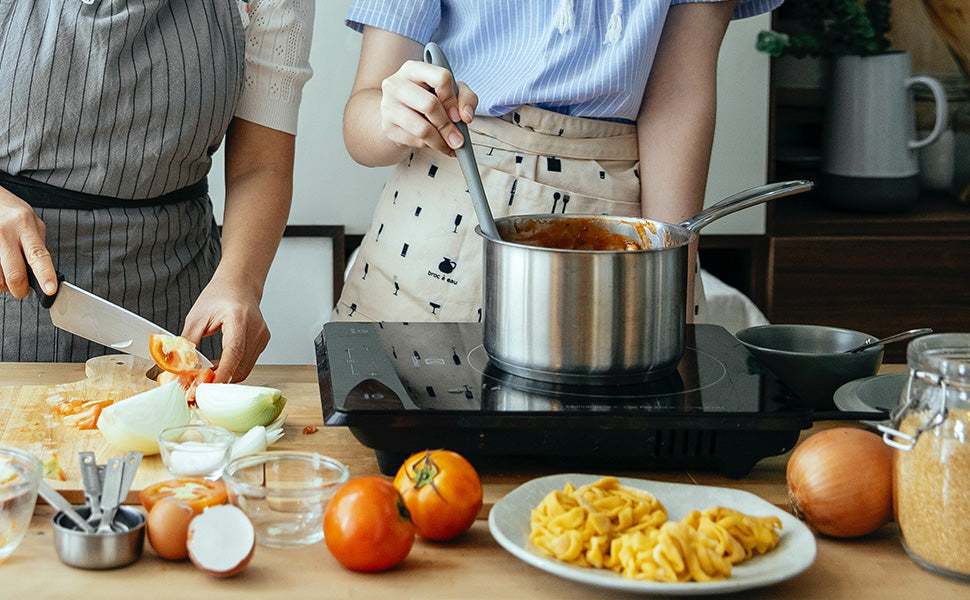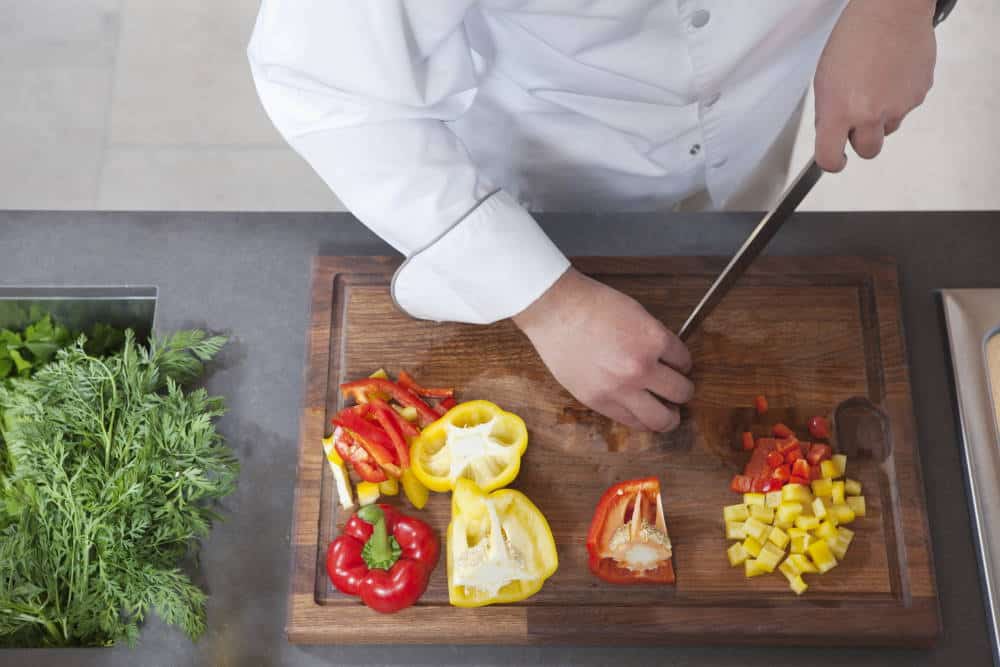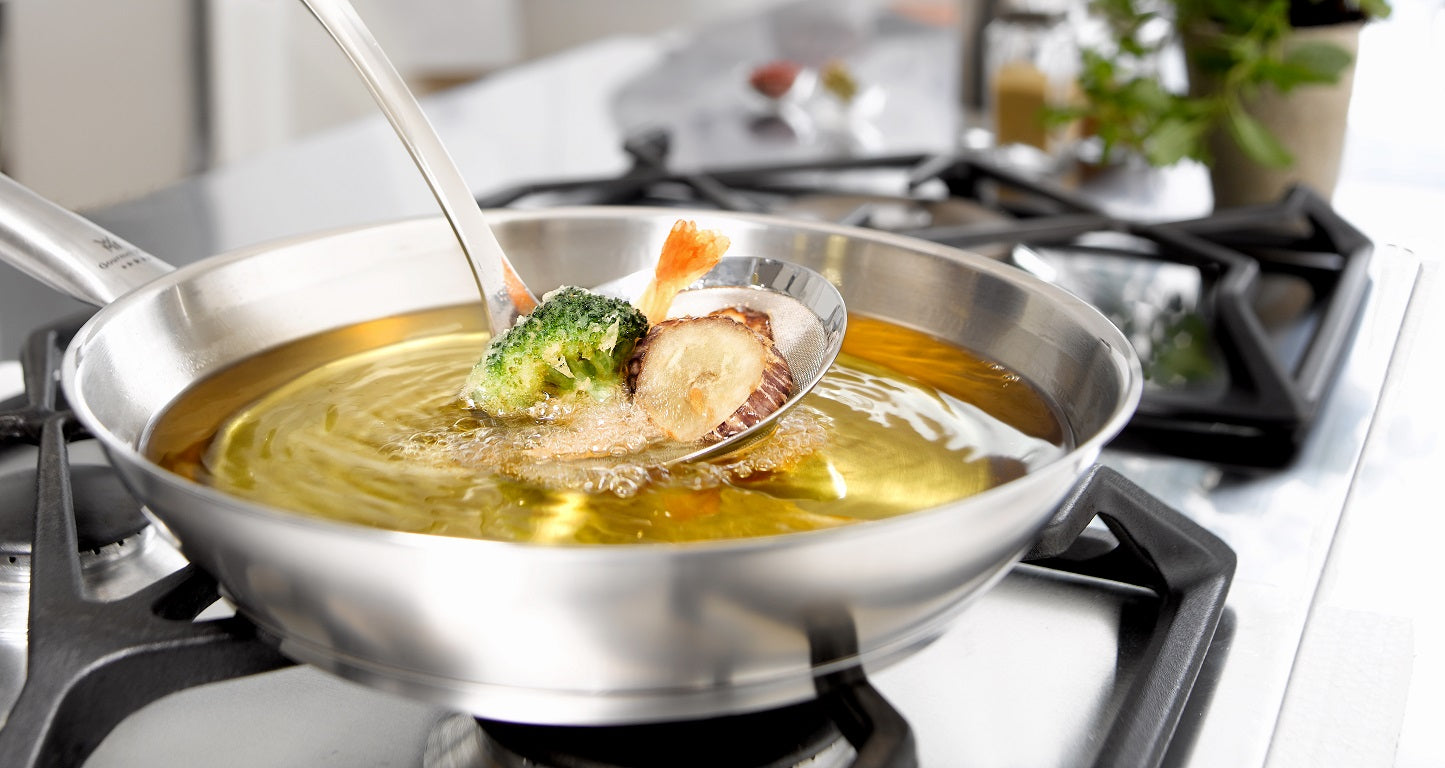The world of cooking is filled with tools and utensils, each designed for specific purposes. Among these, the saucepan holds a significant place in both professional and home kitchens. But what is saucepan used for?
A saucepan is a cooking vessel that is generally used for a variety of purposes such as boiling, simmering, and making sauces. It is typically made of materials like stainless steel, aluminum, or non-stick surfaces, and comes with a lid. In this article, we will dive deep into the many functionalities of the saucepan, showcasing its importance and versatility in the culinary world.

Common Uses of a Saucepan
A saucepan is a vital kitchen tool that serves multiple functions. Here are some common uses:
1. Boiling and Simmering
One of the primary uses of a saucepan is boiling water for pasta or vegetables. The wide bottom allows for even heat distribution, ensuring that foods cook thoroughly.
2. Making Sauces
What is saucepan used for in gourmet cooking? It is crucial for creating sauces! The controlled heat makes it easy to achieve the perfect consistency and flavor.
3. Baking and Steaming
A saucepan can also facilitate steaming by placing a steamer basket inside. This technique is helpful for cooking vegetables while retaining their nutrients.

Different Types of Saucepans
Not all saucepans are created equal. Understanding the differences can help professionals choose the right ones for specific culinary tasks.
1. Non-Stick Saucepans
These are great for making delicate sauces without sticking. They're easy to clean and perfect for low-fat cooking.
2. Stainless Steel Saucepans
Considered a kitchen staple, stainless steel saucepans are sturdy and resistant to corrosion. They are perfect for browning and deglazing.
3. Copper Saucepans
Copper conducts heat exceptionally well, allowing for precise temperature control, making them ideal for candy-making and delicate sauces.

Key Features That Matter
When selecting a saucepan, here are some features kitchen professionals should look for:
1. Material
The material affects performance. For instance, aluminum tends to heat quickly but can react with certain foods, while stainless steel is neutral.
2. Size
The size of the saucepan is essential; a professional chef may require several sizes for various dishes. You can read about sizing in our article saucepan sizes.
3. Lid
A good lid can trap steam and heat, enhancing the cooking process. It is essential for simmering sauces without losing moisture.

Cleaning and Maintenance Tips
To ensure that your saucepan lasts as long as possible, proper cleaning and maintenance are critical:
1. Immediate Cleaning
Clean your saucepan immediately after use to avoid residues that can harden and become difficult to remove.
2. Avoid Abrasives
When cleaning non-stick surfaces, use soft sponges to avoid scratching. For stainless steel, gentle scrubs work best!
3. Avoiding Reactivity
Be cautious with acidic foods in non-reactive saucepans. You can read more about this in our article on non-reactive saucepans.
Conclusion: Why Every Kitchen Needs a Saucepan
In conclusion, the saucepan is not just a tool; it is essential for any kitchen professional. Its various uses, from boiling to making sauces, make it indispensable. The next time you find yourself asking what is saucepan used for, remember its tremendous value and versatility!
FAQs
1. Can I use a saucepan for frying?
While saucepans are primarily for boiling and simmering, they can be used for shallow frying. Ensure proper oil temperature for the best results.
2. What is the difference between a saucepan and a pot?
A saucepan is typically smaller with a long handle and is designed for sauces and liquid cooking, while pots are larger and have two handles.
3. Are there any foods that should never be put in a saucepan?
Indeed, harsh acidic foods can react with most metals. You can learn more in our article about foods to avoid.
As an Amazon Associate, I earn from qualifying purchases.






Leave a comment
This site is protected by hCaptcha and the hCaptcha Privacy Policy and Terms of Service apply.